The Mental Dynamics of Dessage
—EXTRACT FROM HOW TWO MINDS MEET BY BETH BAUMERT
In this extract from the new book How Two Minds Meet: The Mental Dynamics of Dressage, Beth Baumert teaches us how to be the leader our horse needs us to be.
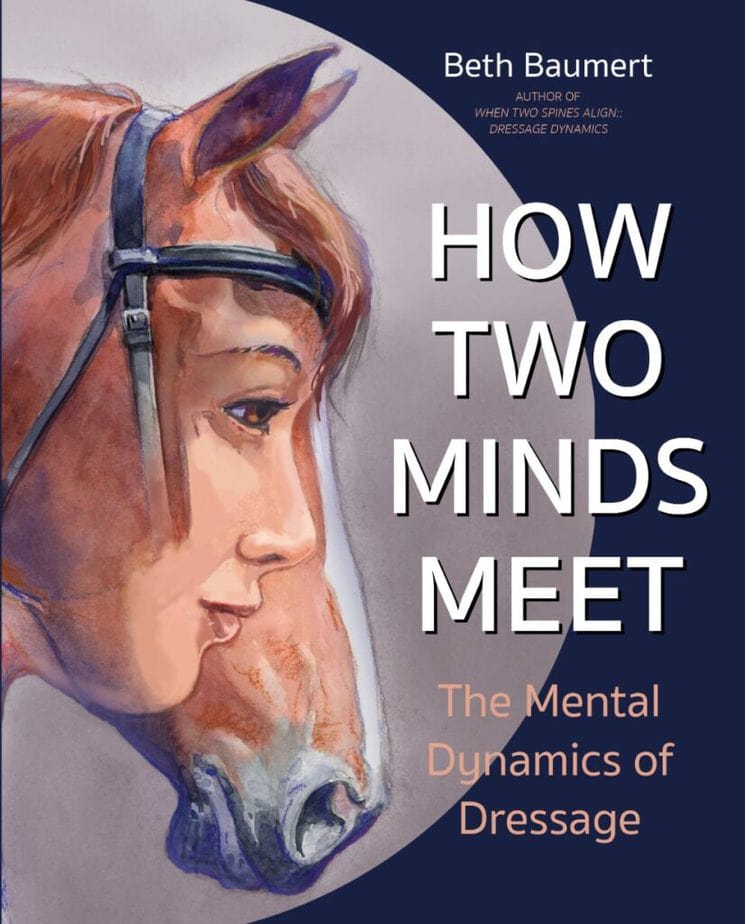
Leadership Under Saddle
Under saddle, horses definitely have remnants of the herd mentality. They still need a leader, they still appreciate a sense of freedom, and they don’t mind being told where to go and how to get there by the leader. When you’re in the saddle, that’s you. You’re the leader.
Active Aids and Passive Aids
Your aids are active when you ask a question, and they are passive when you listen and give him time to respond. Active aids establish the rider as the leader. They say, Let’s do this now! On the other hand, passive aids provide a moment of freedom for the horse and also time for the rider to listen for the horse’s reaction. The passive aids also say, Good! This is what I want! Although the passive aids do not establish you as a leader, they do make you the kind of rider the horse wants to follow.
When a rider is just learning, she will be unable to be passive, and, therefore, unable to be completely effective with her active aids because she gives so many unintentional aids. At that point, the rider’s primary focus is learning to be a passive follower. She can best acquire this ability to follow and be passive on the lunge line with a horse controlled by the instructor. Later she can learn how to use active aids that come from a quiet place.
With passive aids, the rider is not only listening but also allowing her horse the freedom to physically carry himself and make the mental choice to obey her wishes. His feeling of freedom gives the outward appearance that he’s performing of his own accord. This is what makes him look beautiful on the “outside” as well as happy on the “inside.” It has been said that a great leader is one whose followers don’t feel they’re being led. Well-trained horses don’t feel subservient. They’re partners in the dance.
Trustworthy Leader
Horses are usually happy when they’re ridden by a trustworthy leader. To be seen as the leader, you don’t need to be aggressive, but you do need to be able to stand your ground sometimes and establish yourself as the leader by being task-oriented.
The horse knows who the leader of the dance is in the first 10 seconds. So if you get on and wander around like the lost tribes of Egypt, misaligning his neck while chatting with your friends, he is the leader and he knows this. In the absence of a leader, some horses become worried and others are happy to wander around, but don’t expect them to be tuned in to you all of a sudden when you’re done chatting.
To be seen as trustworthy, you need to be consistent, clear, kind, and fair. This doesn’t mean you spoil your horse. You can be quite challenging as a trainer and still be consistent, clear, kind, and fair. Consistency and clarity require the physical skill and ability to follow the horse precisely, then to give exactly the same aids for the same request every time. The ideal trainer expects exactly the same response to these same aids. Even if you aren’t skilled enough yet to be even close to the ideal trainer, concentrate on the goal of being consistent, clear, kind, and fair with the intention of being successful. It will help.
When you concentrate with the right intention, your horse will understand less-than-ideal aids, and both of you will improve.
Beth Baumert
There is a German word: consequent. It’s an adjective that describes the consistently clear aids from which the rider expects very precise responses as a consequence of those precise aids. With this consistent clarity, the horse understands and is obedient to your aids, you reward the horse for his positive responses, and trust is built. You establish yourself as the trustworthy leader at the beginning of your ride, but that doesn’t mean you go right to work. When you get on, your horse needs at least 10 or 15 minutes of walking to lubricate the joints and warm up the muscles. When this walking is the daily routine, he comes to expect the relaxation and looseness it brings to the work session. The benefits of his comfortable attitude are far-reaching.
Try This
Be a task-oriented leader. During your walk session, you may be able to just relax and enjoy a trail ride, but carry yourself well as you ask your horse to carry himself well. Some horses require you keep them busy, in which case you can give them little tasks. These simple little tasks immediately put you in the position of being the leader.
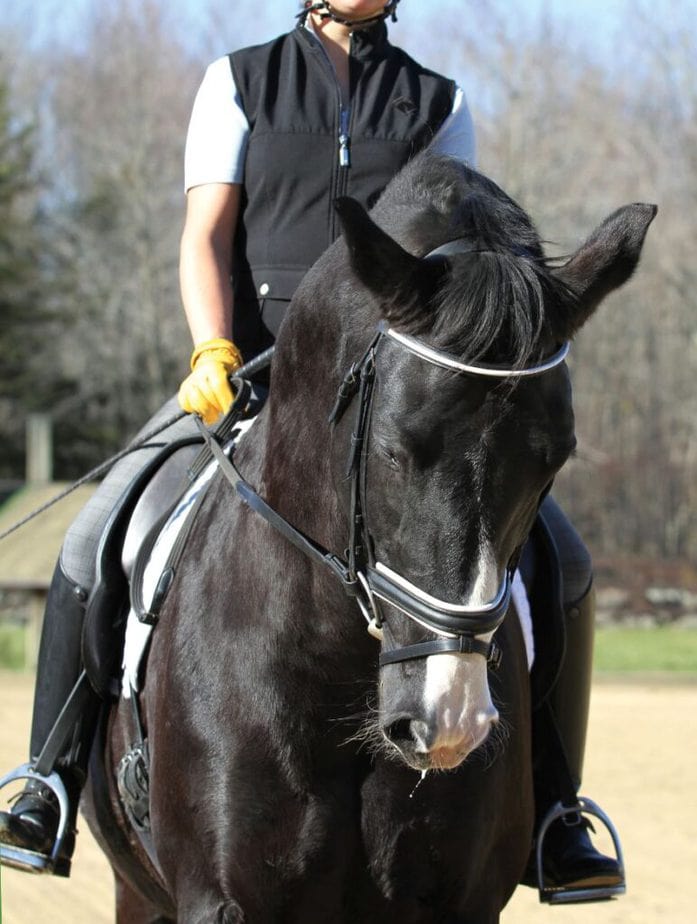
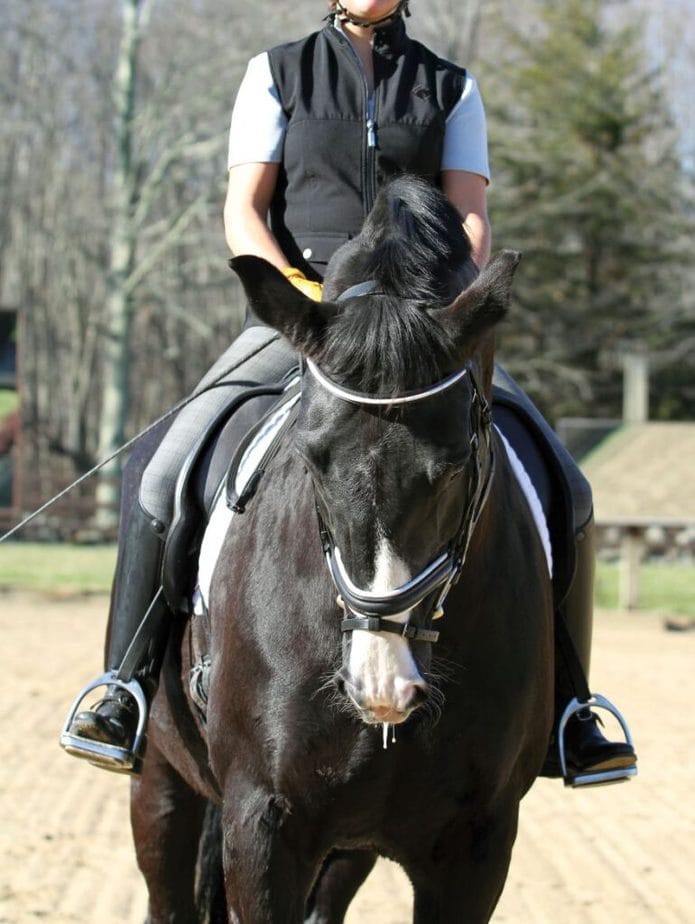
2.9 A & B Ask your horse to flex left by bending your wrist so that your knuckles face your belt buckle (A), then slowly straighten and flex him right (B). This flexion exercise teaches your horse how to stabilize his body and respond to your rein aids appropriately. (photos: Beth Baumert)
Exercise: Be Task-Oriented
Here’s an example of how you can be a task-oriented leader at the walk:
1. Free walk on a long rein across the diagonal (assuming it’s safe to ride with no rein contact), then put him together in a medium walk with light contact before the corner and ride a very shallow corner. Don’t go deep into it but be aware of the amount of consistent bend you have.
2. On the next long side, practice your turning aids: Turn onto a line that is parallel to the short side and then turn again onto the other long side. Practice going left and right. Confirm your turning aids so your horse understands them before you even go to trot.
3. From medium walk, when you’re parallel to the short side, halt, and ask your horse for a turn-on-the-forehand. This will confirm the aids for the half-halt because in both the half-halt and the turn-on-the-forehand, the rider asks the hindquarters to activate at the same time that the rein aids are saying, Wait a second. These are somewhat contradictory aids, and they require some level of sophistication. You can confirm this skill before you even trot.
4. In medium walk, from the short side, turn onto the three-quarter line and do a shallow leg-yield to a specific destination: a letter or, when you’re not in an arena, a fence post or tree.
5. Halt and gently ask him to flex left by bending your wrist so that your knuckles face your belt buckle, then sloooowly straighten and flex right (figs. 2.9 A & B). Keep your hands in front of the saddle. The common problem of bending your arm causes the horse’s neck to bend. This flexion exercise teaches your horse how to respond to your rein aids appropriately. If your horse is like most, he will mistakenly respond by misaligning his hindquarters when you use the rein. Can he do it without moving his body all around? He should react to your rein aids with his head and neck, not by backing up or swinging his haunches left or right. If he doesn’t understand, patiently correct him. This takes time.
6. Repeat the free walk frequently so he uses all the muscles in his body, and then repeat the transition to medium walk to see if he can continue to use his whole body.
7. Be sure, in all walk work, that his nose reaches out on the forward moment and your hands follow. In walk and canter, horses use the neck to balance. Within every stride, he has a forward-reaching moment and a moment of coming back. His nose shouldn’t come back on the forward moment.
About the author
Beth Baumert was the initial editor for Dressage Today magazine and later served as its technical editor for nearly 25 years. She is an “L” graduate with distinction of the USDF judges training program and is President and CEO of The Dressage Foundation, which provides financial support for the advancement of dressage in the United States. Beth’s first book, When Two Spines Align serves as a “bible” for serious dressage riders.
This extract from How Two Minds Meet: The Mental Dynamics of Dressage is reprinted with permission from the publisher, Trafalgar Square Books (www.horseandriderbooks.com).
HorseandRiderBooks.com is the storefront for Trafalgar Square Books of North Pomfret, Vermont—a small, privately-owned publisher of fine equestrian books, eBooks, and videos, craft books, and selected other titles.



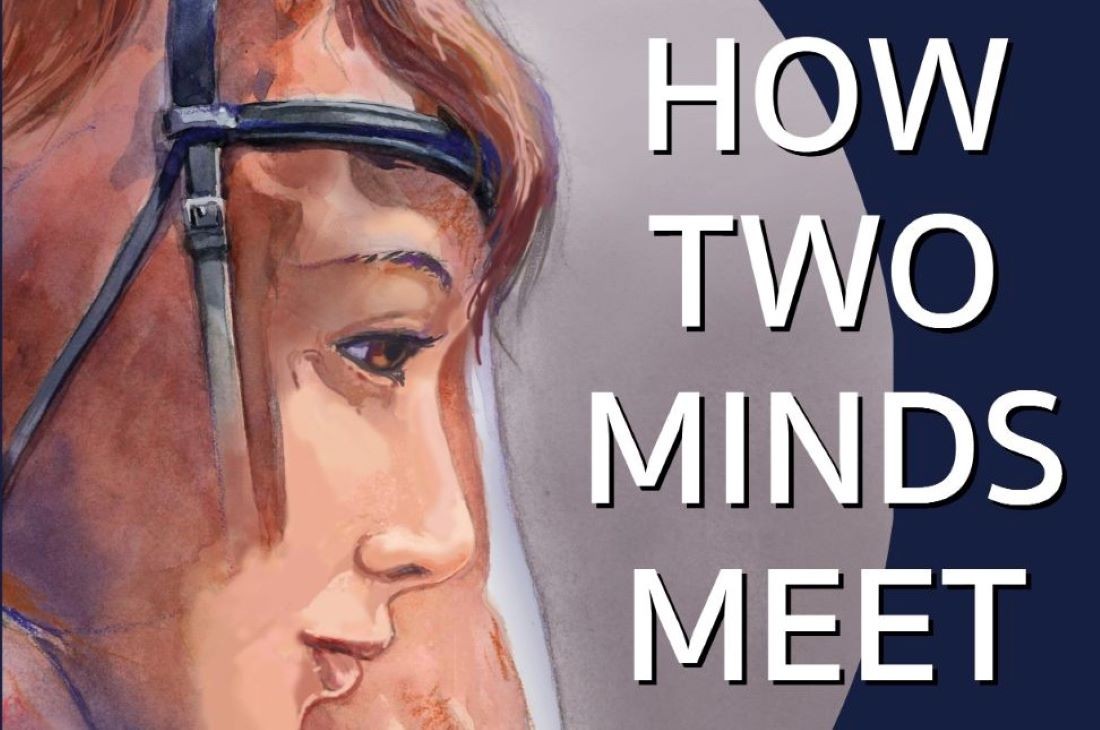

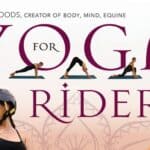
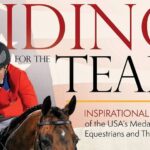

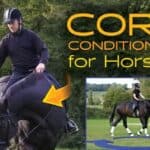
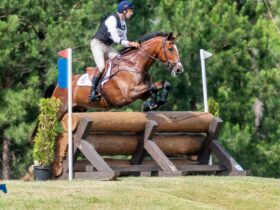

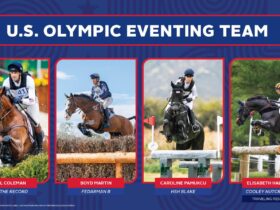
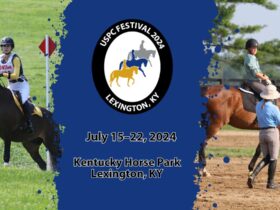

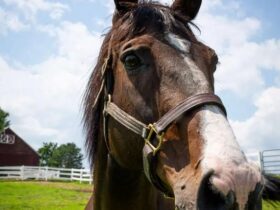
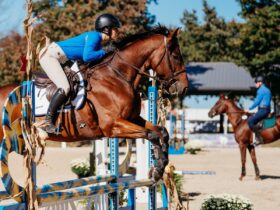


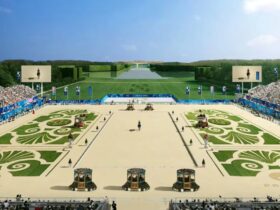
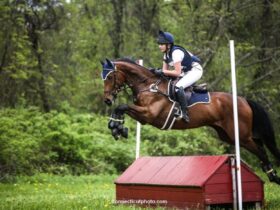


SOCIAL